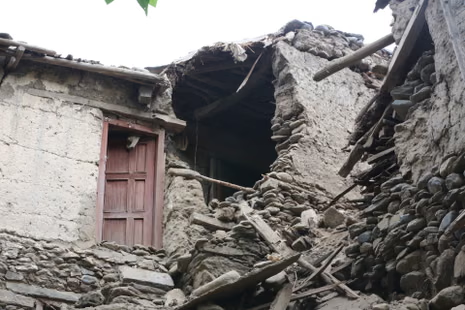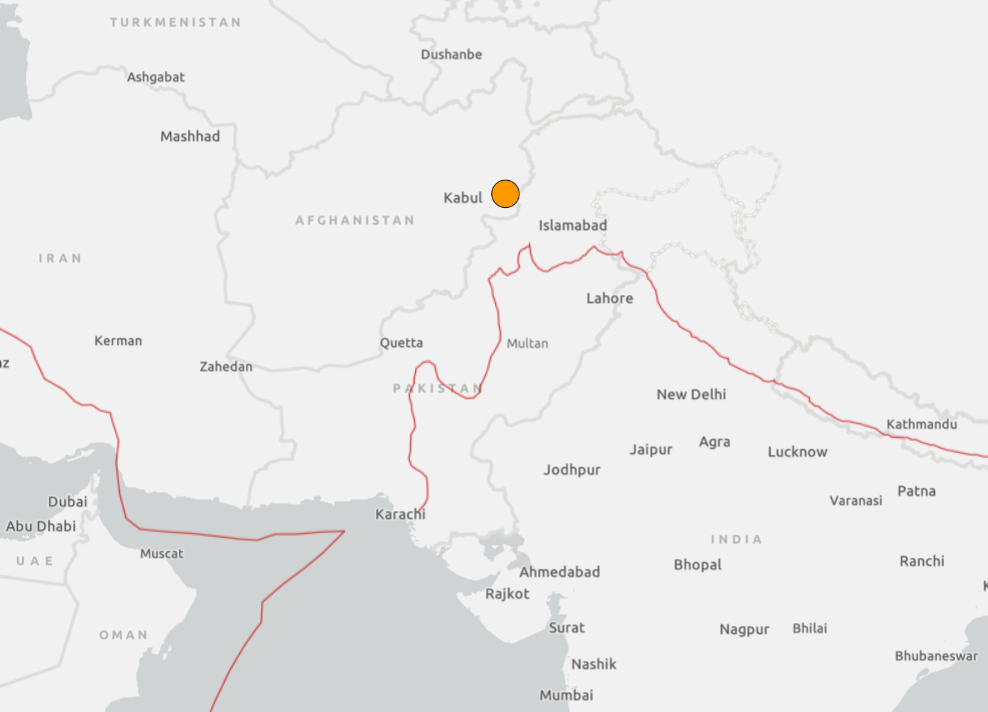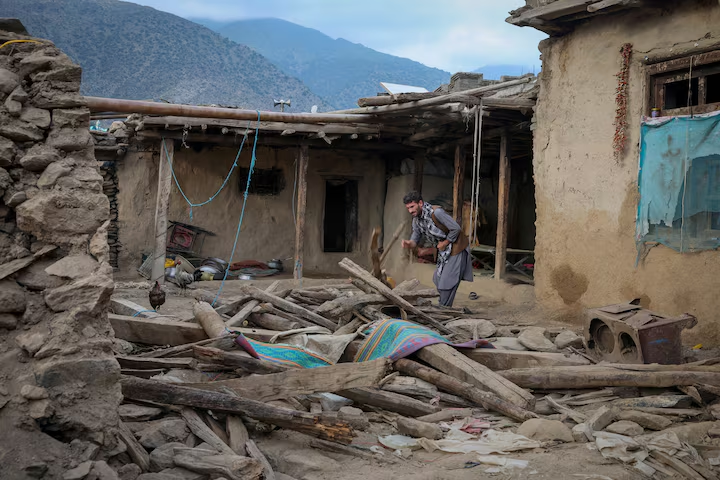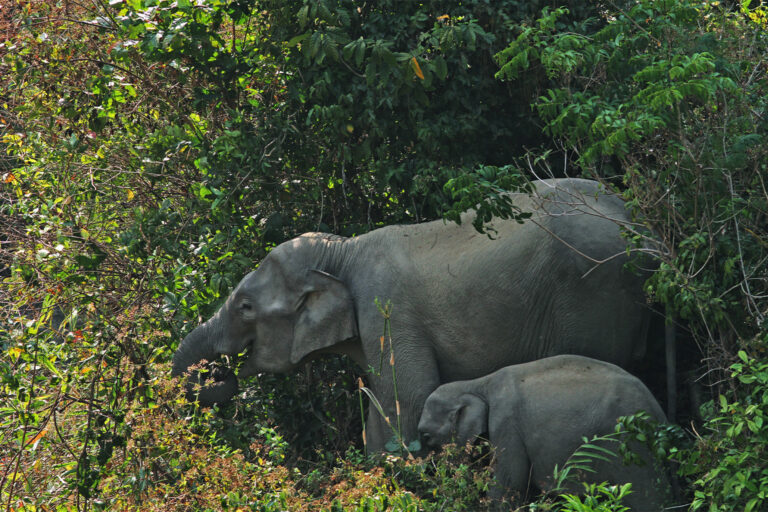
The earth has opened up again in Afghanistan, revealing death and devastation on a scale that the country is struggling to face A magnitude 6.0 earthquake has turned remote villages into rubble, killing hundreds and leaving thousands in urgent need of help.
Details of the Earthquake in Afghanistan
An earthquake of 6.0 magnitude struck north-east Afghanistan on August 31st. The earthquake has killed more than 800 people and injured at least 2,000. The quake’s epicenter was 27 km northeast of Jalalabad in Nangarhar province, and its depth was just eight kilometers.

Devastation and Impact in Afghanistan
Government sources said the quake buried dozens of houses under the rubble. Authorities requested aid from international organisations, and several countries offered assistance. The earthquake killed more than 800 people and injured at least 2,000.
Access by road to the worst-hit areas remains blocked, but hundreds of homes are likely to have been destroyed, according to Salam Al Janabi from the UN children’s charity UNICEF.
The aid organisation World Vision says that entire villages in Chawki and Nurgal regions – both in Kunar province – have been completely or partially destroyed, with homes made of mud and timber collapsing and trapping residents under rubble. The rubble trapped many people for hours, and they died while awaiting rescuers.
Why Afghanistan?
Afghanistan is highly vulnerable to earthquakes because it lies on several fault lines where Indian and Eurasian tectonic plates meet. Quakes in Herat and Paktika provinces in 2022 and 2023 claimed more than 2,000 lives. Earthquakes occur when sudden movements happen along the Earth’s tectonic plates. These movements create fractures, known as fault lines, at the points where plates collide.
In Afghanistan, shallow earthquakes are especially common and more destructive. As seismic waves travel a shorter distance to the surface and retain much of their force. The country’s buildings, often made of timber, mud brick, or weak concrete, worsen the impact. Buildings made of these materials cannot withstand strong tremors.

Earthquakes also trigger landslides, which can destroy mountain villages, flatten houses, and block rivers, sometimes leading to flooding.
UN response
UNICEF reported that the quake killed many youngsters, and first responders said poor phone and signal quality hindered rescue and assessment activities. The tremor’s epicenter is estimated to have been only around eight kilometres (six miles) underground, causing buildings to shake in the Afghan capital, Kabul, and in Pakistan’s capital city, Islamabad, according to reports.
The UN has been present in Afghanistan since 1949; the global body’s work there is driven by the Resident Coordinator, Indrika Ratwatte, as head of a country team which includes around 20 UN agencies and international organizations such as the World Bank and Asian Development Bank.
Also on the ground to provide assistance, the UN refugee agency, UNHCR, noted that up more than 2,000 people have been likely injured in the province of Kunar alone. The trading city of Jalalabad may have suffered a “very high death toll”, said UNHCR spokesperson Babar Baloch.
The devastating earthquake in eastern Afghanistan has compounded the already dire humanitarian crisis facing the country. It has left countless families in desperate need of assistance. The international community must act swiftly and decisively to provide the necessary resources and support to help the affected communities rebuild their lives and ensure a more resilient future for Afghanistan.
For more such informative articles stay tuned at The World Times.



